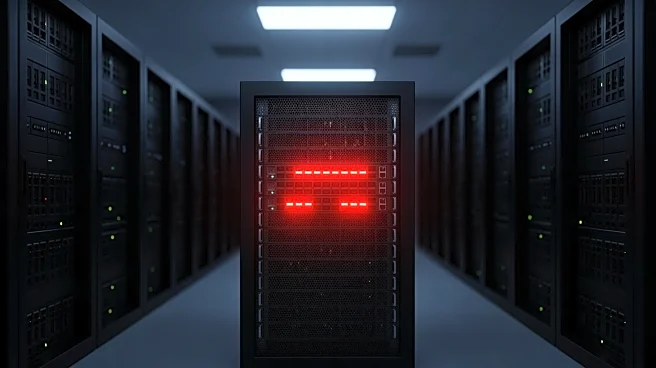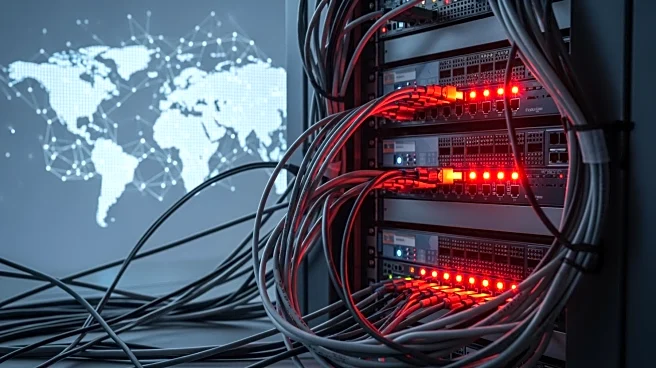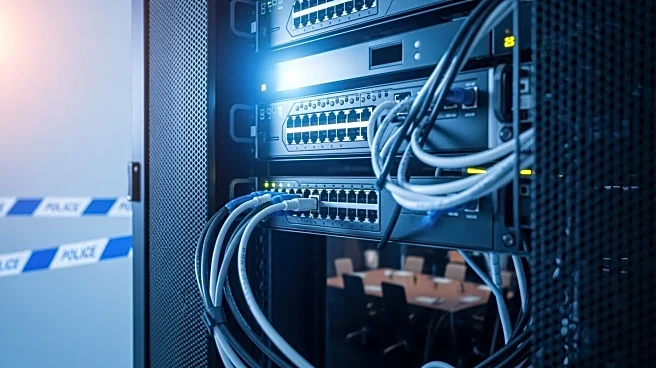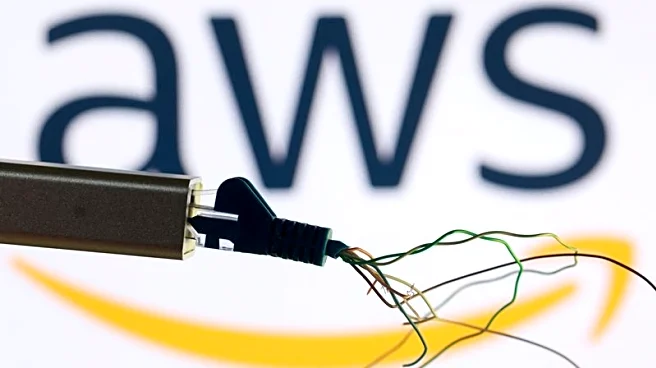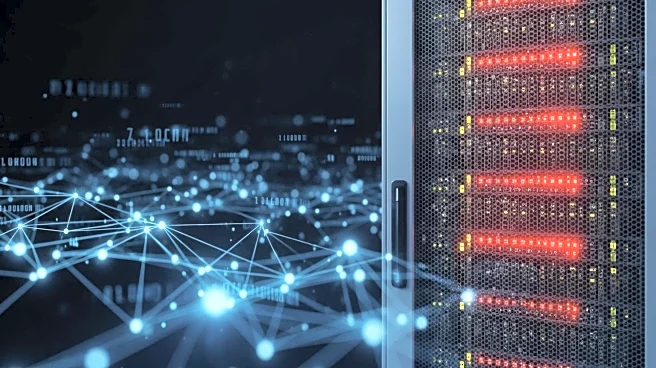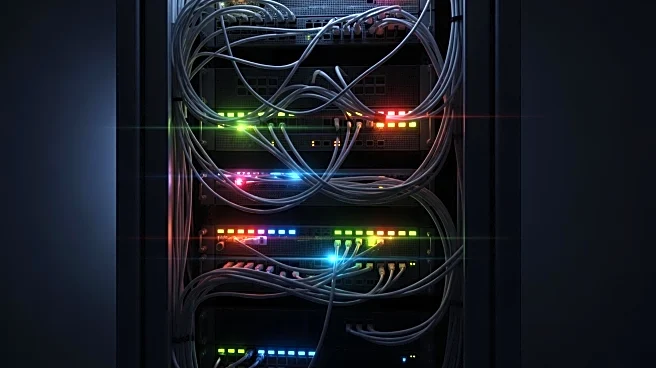What's Happening?
An outage at Amazon Web Services (AWS) caused significant disruptions across the internet early Monday morning. The outage, which began shortly after midnight PT, affected major services such as Snapchat,
Fortnite, Venmo, and the PlayStation Network, as well as Amazon itself. AWS, a cloud services provider owned by Amazon, supports a large portion of the internet infrastructure, making its downtime impactful. The outage lasted approximately three and a half hours, during which AWS worked to resolve the issue. The company identified a DNS issue as the root cause and applied mitigations to restore service. Despite the resolution, some services continued to experience issues throughout the day.
Why It's Important?
The AWS outage highlights the vulnerability of the internet's reliance on a few major infrastructure providers. With AWS supporting numerous critical services, any disruption can have widespread effects on businesses and consumers alike. The incident underscores the risks associated with centralized internet infrastructure, where a single point of failure can lead to significant service interruptions. This dependency raises concerns about cybersecurity and the need for robust contingency plans to mitigate such outages. The event serves as a reminder of the importance of diversifying internet infrastructure to enhance resilience against technical failures.
What's Next?
AWS is expected to conduct a thorough investigation into the cause of the DNS issue to prevent future occurrences. As the internet recovers, businesses and consumers may face residual effects, including potential phishing attacks exploiting the outage. Companies relying on AWS may reassess their infrastructure strategies to reduce dependency on single providers. The incident may prompt discussions on improving internet infrastructure resilience and cybersecurity measures to protect against similar disruptions.
Beyond the Headlines
The AWS outage raises ethical and security concerns about the concentration of internet infrastructure among a few large companies. This centralization can lead to increased vulnerability to technical failures and cyberattacks. The event may drive policy discussions on the need for more distributed and secure internet infrastructure to safeguard against future disruptions. Additionally, it highlights the importance of transparency and communication from service providers during outages to maintain trust and minimize panic among users.
